The art of portrait photography is capturing someone’s spirit in an image. It doesn’t matter if it’s a traditional portrait used to identify someone, for example, a Roman emperor on a coin, or a holiday snapshot of someone having fun, portraits are there to record and convey who a person is, not just what they look like. That might sound an overwhelming task, but when you remember that we have been making portraits for thousands of years–albeit not as photographs for that long–and there are so many ways to go about it, you realize that it really is for everyone.
Summary
Part 1: Portrait Photography Basics
The first element of good portrait photography is technique. It’s knowing how to light your subject effectively, how to expose and compose them correctly, as well as knowing where and how to pose them and put them at ease to get the best out of them. We’ll look at all of these points in more detail later.
The second element of good portrait photography is choosing the right style of portrait, both for you as a photographer and your subject so that you can show them off to their best advantage. Portraits are meant to capture the essence of a person, couple, or group of people. And there’s more than one way to shoot a portrait in order to accomplish that. Different types of portrait photography might appeal more to you, and more to the people you’re photographing.

Traditional portraits, with someone sitting in a chair or perhaps standing full-frame can feel a little old-fashioned or staid, but if done well is a wonderful way to record who someone was: what they looked like and how they carried themselves.
Family portraits can be formal, but they can also take on a much more relaxed, lifestyle portrait feel that captures the interaction between different members. The same goes for pet portraits: you can have your dog posing formally, or capture her or him playing about and being natural.

An important element of portrait photography is recording life progression and events: the soft gentleness of newborn photography, the excited hopefulness of 15th, 16th, 18th, and 21st birthday photos, the achievement of graduation portraits, the romance of wedding photography, and then on to celebratory anniversary photography. From formal to fun, there’s no right or wrong way to take these portraits, provided that it captures the essence of the people you’re photographing and the relationships between them.
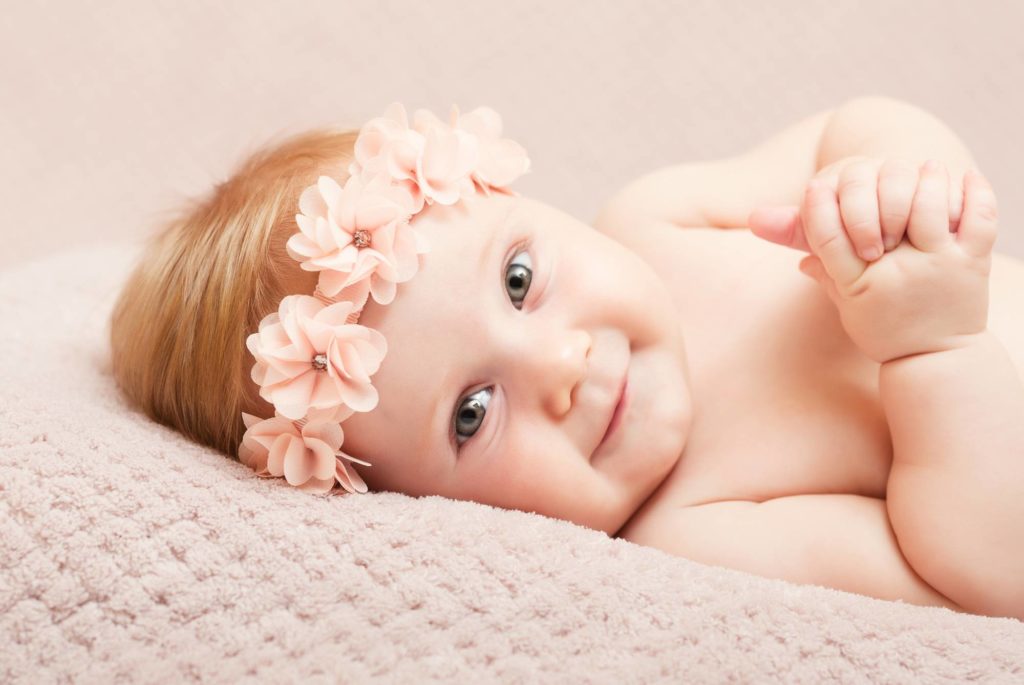
There’s also glamor photography, which while not necessarily revealing, does attempt to show off someone’s sexier side. Environmental photography captures someone in their element: for example a chef in their kitchen, an engineer with their tools, an athlete at their training ground. While candid and street photography is about finding the right moment to photograph someone.

You might want to try close-ups or silhouettes for a different perspective and don’t forget about self-portraits, either. Self-portrait photography is not a new phenomenon, and if you’re a little hesitant about photographing other people, it’s an excellent way to practice your skills.
Part 2: 10 Portrait Photography Tips to Shoot Like a Pro
These 10 portrait photography techniques and tips will help you to get your photos right every time.
1. Understand the Exposure Triangle
This is relevant for every type of photography, not just portrait photography: make sure you know how to achieve a good exposure with the interaction of aperture, ISO, and shutter speed. Also, be sure to understand how changing your aperture will affect the depth-of-field of your images, with a larger aperture giving you more background blur as well as letting more light into the camera. Know that a higher ISO will introduce more noise into your shot. And that you’ll need a fast shutter speed to prevent motion blur in your images.
2. Get the White Balance Right
Our eyes are excellent at adapting to the changes in light’s temperature, which alters depending on the source or the time of day. They will always see white as white. Our cameras need to be told what the temperature of light is so that white shows as white and there are no odd color casts across your photos. To do this, set the white balance of your camera according to your lighting conditions.
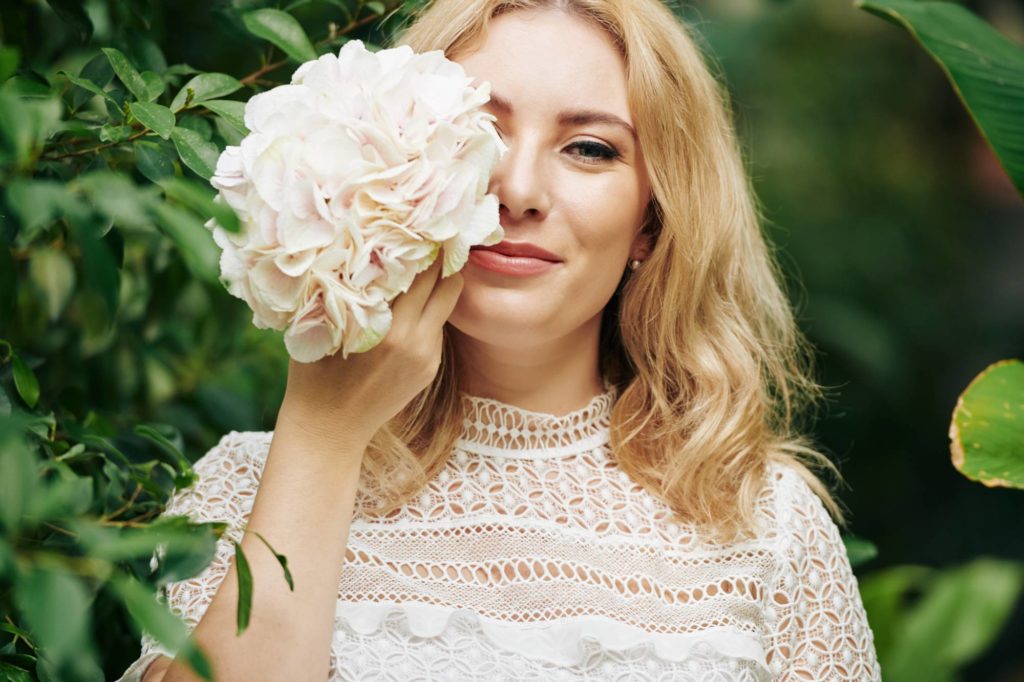
3. Look for Light
Photography is all about light, and making sure that your subjects are well lit, without deep shadows beneath their eyes, nose, and chin, and with pretty catchlights in their eyes, is vital. If you’re shooting in natural light, position your subjects so that they are lit by diffuse light and have a reflector to hand to fill in any shadows.
4. Check the Location
If you’re shooting on location, be sure to check that it permits photography, for a start. Then pick your spot carefully. Where is the light coming from? Will you be disturbed by other people? Is there anything unsightly in the background? If you’re inside, check for distractions in the background and that mirrors and photo frames won’t be reflecting you into the scene.
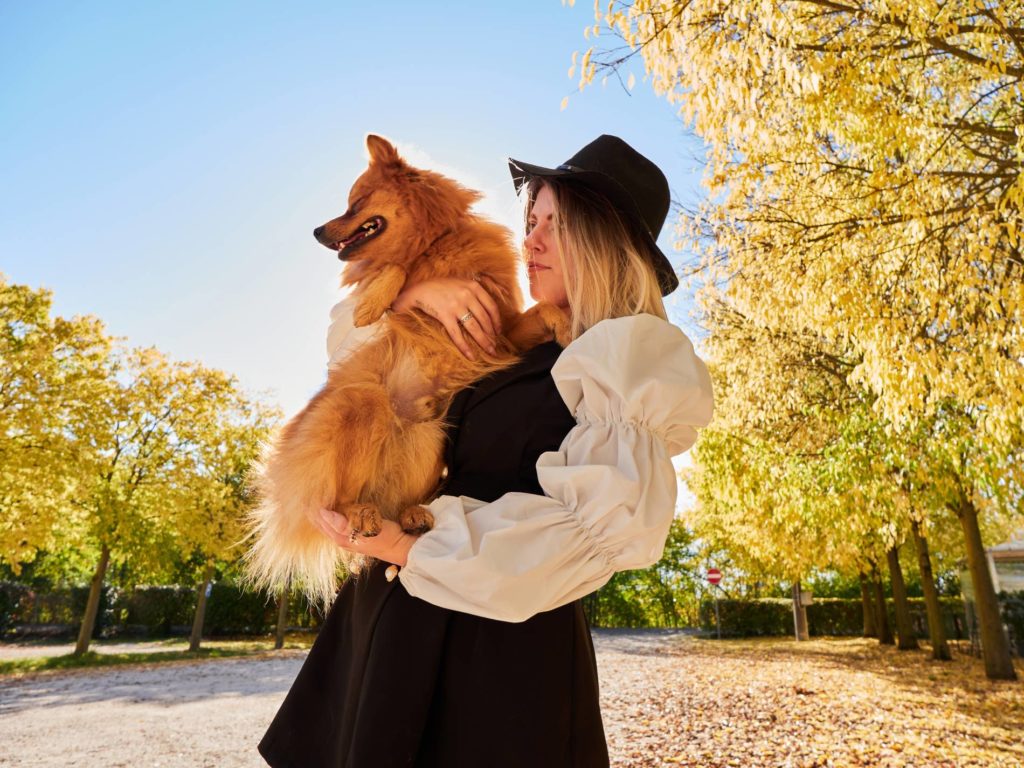
5. Alter Your Angles
Shooting people from above makes them appear tentative or vulnerable. Take a photo from below, looking up at your subject and they become dominant and assertive. Your subjects do not have to stand or sit front-on to the camera. Hips at an angle to the camera can create a very flattering pose. In fact, your subjects don’t even have to be looking at the camera. A couple could be looking at each other. A farmer might be surveying her or his land. Someone might be reading, writing, or cooking. You’re telling a story: what works best for it?
6. Focus in on the Eyes
Always make sure that the eyes are in focus as they are the windows to the soul. It’s the first place that people will look in a photo, and if the eyes are blurry, they will disengage from the image. If the eyes are not sharp, it does not matter how perfect the composition or exposure is in your portrait.
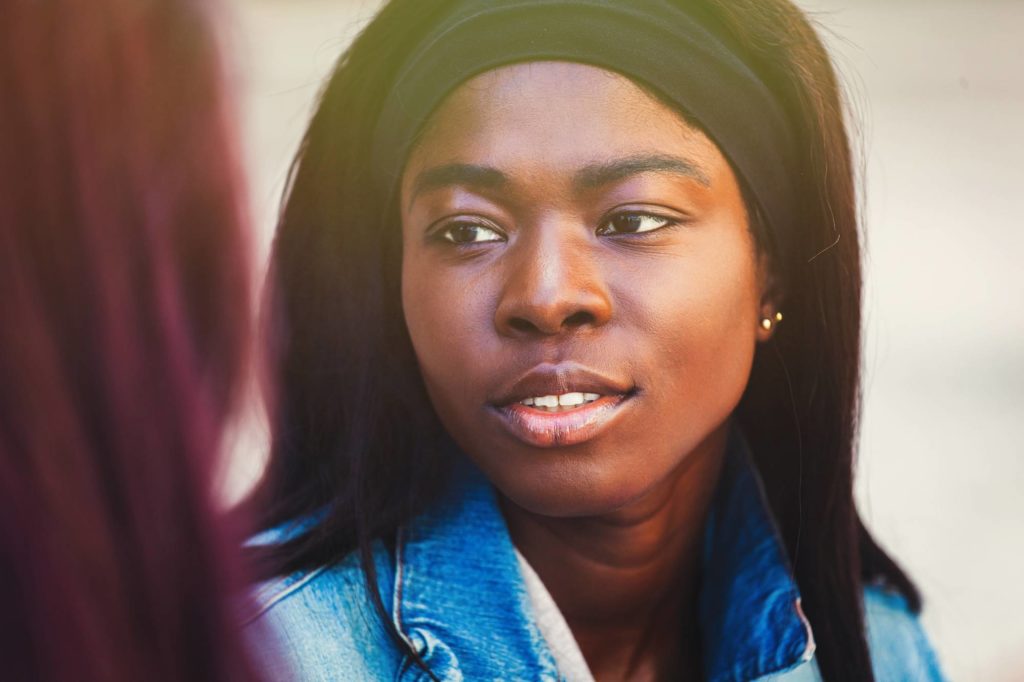
7. Get to a Lower Level
When you are photographing children and animals, be sure to photograph them from their level. Get down and the images will look far more natural, rather than looking as if you are peering down at them and into their lives. You will be able to better capture the environment around your subject and create a strong connection. The chances are they will likely respond better to you, too.
8. Try Props
You might want to give oversized glasses and silly hats a go for something fun, but don’t forget about things like books, pens, favorite toys for children, flowers, or something that speaks volumes about your subject to help convey who they are. Sometimes in the midst of shooting a series of photos, using props will lighten the mood and even break the ice, allowing your subject to be in their element and show a calmer, open demeanor.
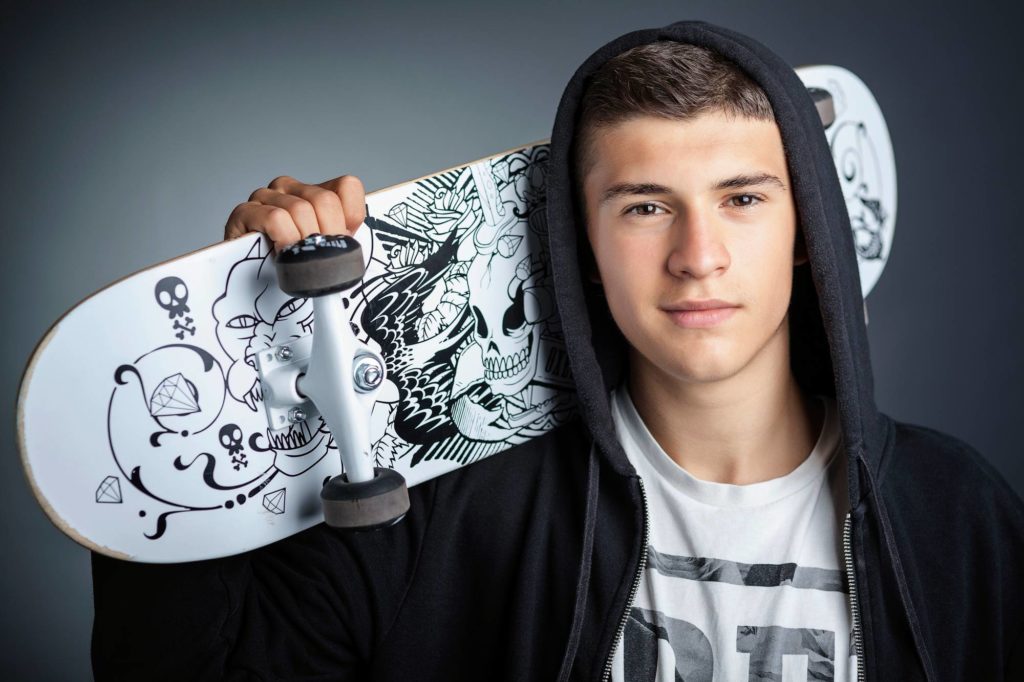
9. Shoot a Series
A series of similar-but-different images gives both you and your subjects lots of choices. The variety will also give you the opportunity to experiment, to manipulate light, to alter the background, and to get the most out of the shoot.
10. Convert to Black and White
The classic look for portraits is black and white. Apart from its timeless appeal, black and white is hugely flattering and evens out skin tones almost miraculously. When you’re processing photos after a shoot, be sure to offer both color and black and white versions.
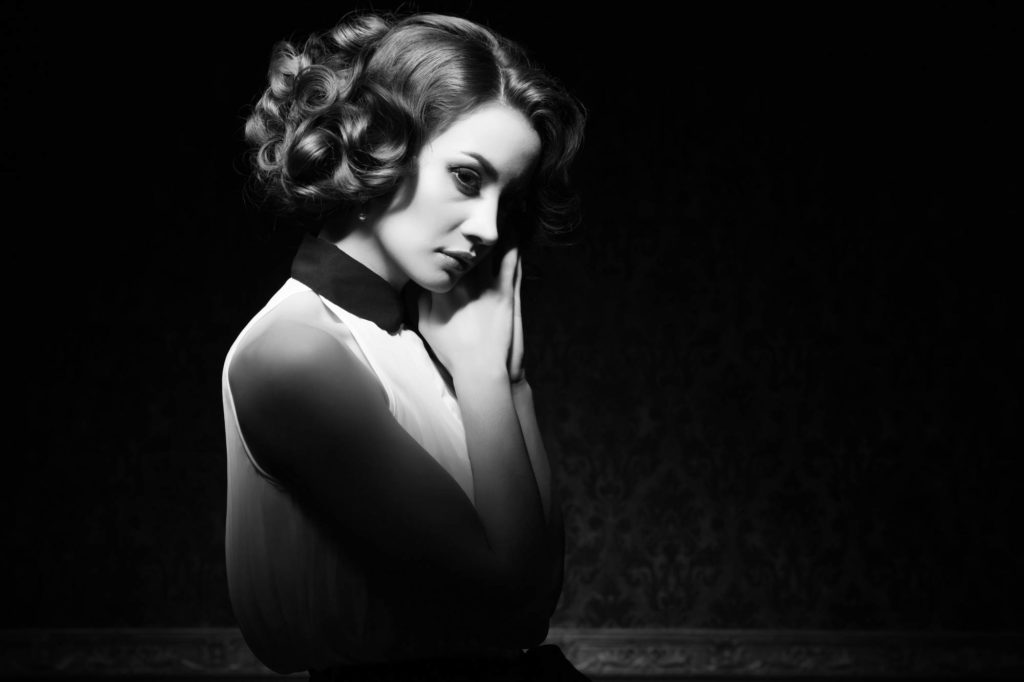
Bonus: Get an Assistant
A final bonus tip, if you can manage it, is to have an assistant. An extra pair of hands can help you to wrangle reflectors and rearrange lighting, manage props, and keep your subjects amused, or distracted, or focused, depending on exactly what’s needed. Having an extra person can help build the connection between your subject and the work at hand; possibly calming someone who is nervous, or their first time being photographed.
These tips should help you to elevate your portrait photography from snapshots to beautiful images. But more than anything, the best way to improve your portrait photography is to keep practicing it. Try out different styles, experiment with lighting, and play around with black and white conversions. The more you shoot, the better you’ll get.



























